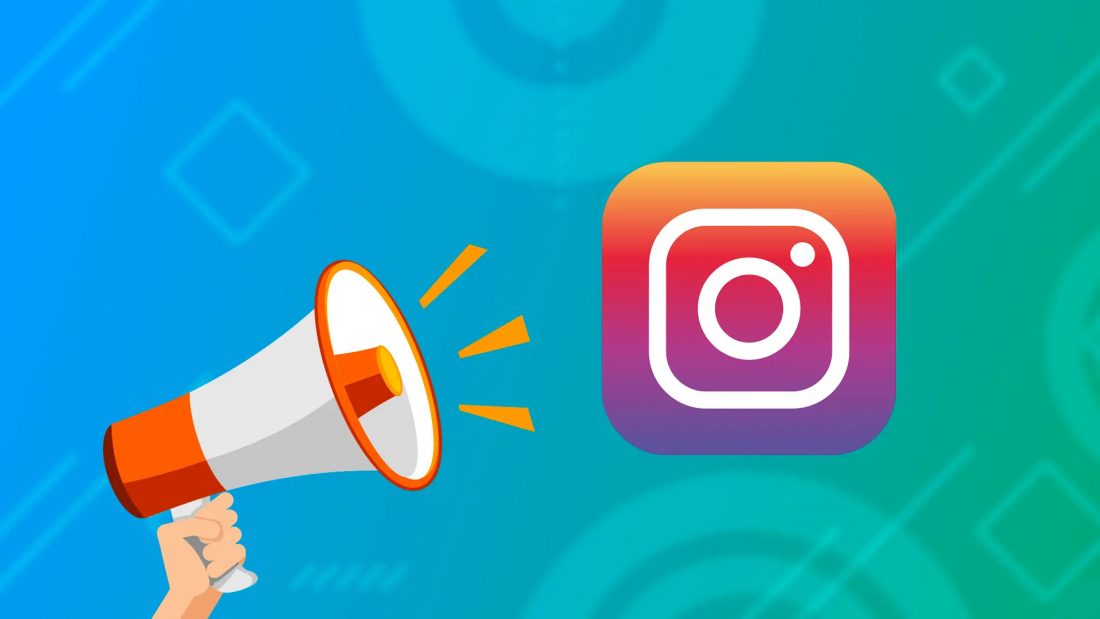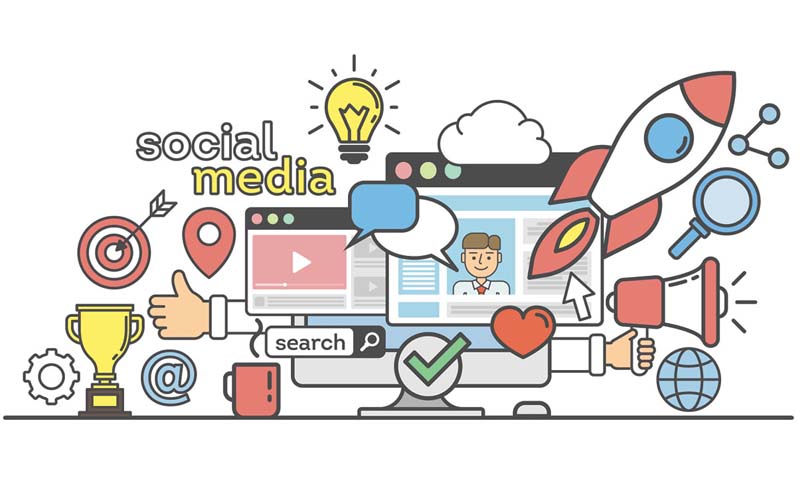
Social media sales text: a writing guide
A sales text should encourage the reader to buy a service or product. Direct selling is quite aggressive, so people may not read to the end. It is important to present the text in such a way that the potential buyer gets full information about the product. This article explains how to write a text that will hook the reader.
Know the product
The first thing a copywriter should do is to research all facets of the product that will be promoted. It is important to know the strengths and weaknesses of the product, as well as what needs it satisfies. Of course, the information can be found on the Internet, but it will be better to know everything from first hand.
It is advisable to ask the customer to fill in a special questionnaire. Questions to be answered by the customer:
- Full information about the company. The name, what the company does and what it is proud of.
- References. Official website and social media groups.
- typical customer. Describe the common type of customer who contacts the firm.
- differences from competitors. Write the companies that sell the same products. Why are you better?
- Purpose of the text. Why you need to write a selling article.
- The buyer’s action. What the potential customer should do after reading it.
- Savings options. Current promotions, bonuses and promo codes.
- The theme of the text. It is important to understand exactly what the customer wants to get.
- Taboos. Things that should not be mentioned.
You can ask for examples of successful or unsuccessful articles from competitors’ websites or blogs. In this case, find out why you liked or did not like the texts. Be sure to specify the deadline for the task and the person who will accept the work.
The target audience
The copywriter should know exactly who the potential buyer of the product or service is. The target audience is easier to break down by the problem the product satisfies. If the source of the ‘pain’ is correctly identified, it is easy to convey the right information in the text. The reader should imagine the product already in their hands.
For example, for a company that sells chocolate for nutrition, the target audience is people who want to eat sweets without harming their figure or health. Because of the production process, PP products are priced higher than their conventional counterparts. Sales are aimed at customers with above-average incomes.

Article title
The title is a mandatory component of a sales text. Without a catchy, punchy title, the reader will pass by. Remember that properly chosen words account for 40% of success. A person may be interested only in the benefits or applications, for example:
- Find out which habit will radically change your life.
- 10 tips on how to work at a computer and stay focused.
The right structure of an article
The success of a selling text lies in choosing the right structure. The most popular option with copywriters is ‘problem, solution and recommendation’. The reader is offered a direct answer to why the product will change his life for the better. The text is broken down into blocks, and the benefit of the purchase is necessarily stated at the end.
If the potential client is familiar with the service or product, the article is better structured around an infopoint. The text doesn’t start with product information, but with news on the topic. For example, “scientists have proven/cleared up”. Then quickly move on to the product and explain how it relates to the event.
If the potential audience is already familiar with the product, only the benefit can interest them. The article begins with a description of the promotion, gift or discount. Then the conditions for receiving the bonus and which categories are covered by the offer must be specified.
In a sales text, you can place not only a call to buy, but also an incentive for additional action. For example, subscribe to a blog, join a group or visit a website. The information in the article should not be presented from a position of advantage over competitors, but from a personal benefit to the buyer. Remember to always remain honest and not try to sell one share at a time.
